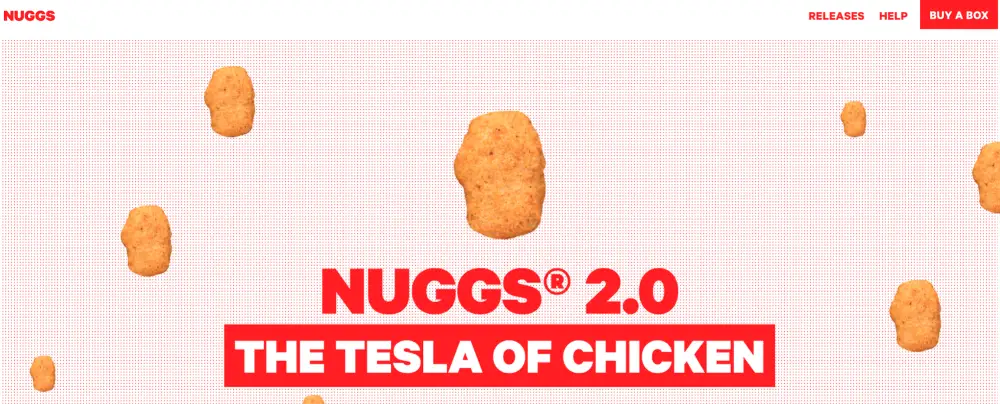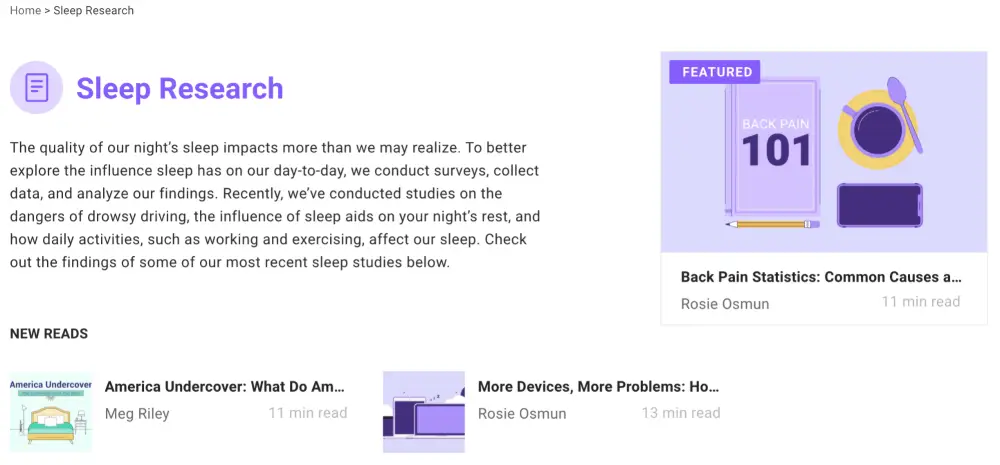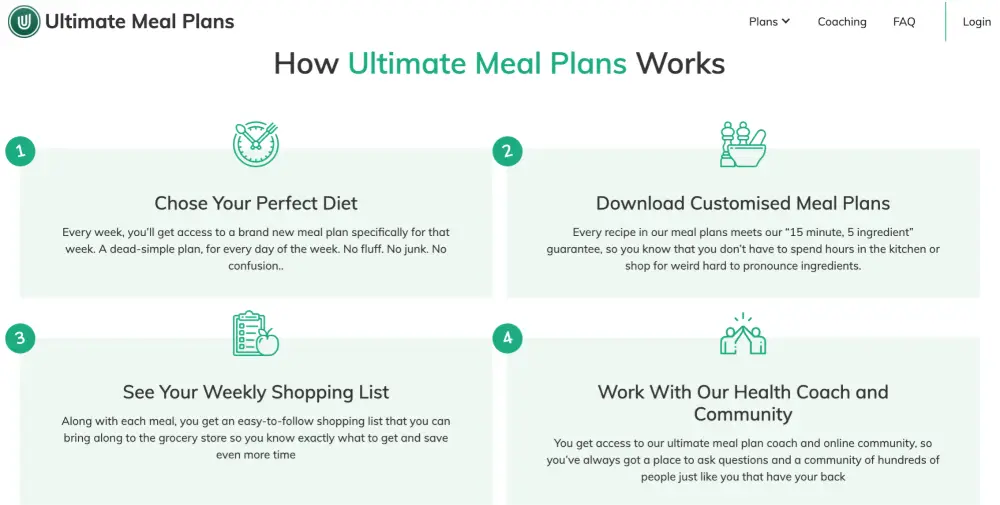This article has been contributed by Karl Kangur.
We live in an era largely driven by ideals of physical health and good looks. The culture of staying eternally young sneaked into modern society, took it over, and has no intention of going away. In 2018, the global wellness economy hit a $4.5 trillion mark, compared to $3.7 trillion in 2015. The growth of the wellness market in this period was twice as fast as the growth of the global economy.

The occurrence of a world-wide pandemic is only going to make the health and wellness industry more powerful, especially given the nature of the epidemic. Namely, people who are generally healthier are less at risk of experiencing the virus’s dramatic effects. More than ever, we’re aware that it’s not enough to react only once we’re ill. To stay truly safe and healthy, we need to take care of our bodies and devote some time to our physical well-being every day.
In other words, our approach to our health will become much more proactive and systematic, instead of being reactive and unmethodical. This means more demand in this industry, which will inevitably lead to more competition.
It’s already difficult for a health and wellness brand to stand out in any way – and it’s not going to get any easier. You’ll need to do a great job branding your business, your product and your services in order to attract consumers’ attention and survive. Here are a few strategies you can use for this purpose.
1. Be Authentic
Obviously, if you’re aiming to stand out, the first piece of advice anyone would give you is to be different and authentic. There’s a flood of copies of copies of copies of brands using the same imagery, same messages and same ideas. From unrealistically good-looking men and women, insanely photoshopped to look even less real, to video ads of people taking supplements while pretending to smile so hard it makes anyone looking at it feel deeply uncomfortable. Not to mention corny, overused slogans telling us not to give up and follow our intuition.
Now, to tell the truth, there’s a reason why this imagery and these messages are so widespread. They do work to some extent, and it’s no secret that fit human bodies will indeed attract attention. But it can’t be enough. Even if you go the more conventional way and choose to use these sorts of visuals and communication, try at least giving it your own touch that will effectively distinguish you from your competition.
The fact that there’s a dominant way of doing things doesn’t mean it’s the only way of doing things. If you want your branding efforts to have a significant long-term effect, doing the same thing everyone else does is not the best strategy.
If you’re looking for inspiration for a fresh twist to give to your own wellness brand, check out how Nuggs did it. It’s a soy-based nugget that claims to be a healthier version of chicken nuggets. Nuggs are not taking the usual road of being unnecessarily empty, clean and lifeless. On the contrary, their website is original, amusing and hip, with funny slogans like “Tesla for chicken” and “Kills you slower.” And the best part is that this laid-back approach doesn’t hurt their business but rather helps it. Their website is still informative and engaging, and it generally fulfills every other standard that a business website should fulfill.
Image source: eatnuggs.com
2. Add a Human Touch
The value of brand humanization goes beyond the health and wellness industry. It’s a well-known approach that can positively affect brand trust and loyalty.
In order to put a human face on your brand, first, you’ll need to show that your company isn’t built or run by algorithms and mere profit calculations, but by actual humans. And to achieve this, being different and authentic is definitely the first step. But it’s still not enough. Show that your brand has a human personality. Of course, you need to retain a certain dose of professionalism, but a bit of humor and an occasional easygoing attitude will show people that your company has a human mind and soul.
Also, tell a story – about your business, about your product, about how it all started or what inspires you. That adds a human perspective and background to your brand.
Show the faces of people who work for you, show the faces of people who enjoy your products. This is especially important in the health and wellness industry nowadays, because people are increasingly skeptical about dirty pharmaceutical companies, suspicious dietary supplements, surreal promises by health and fitness gurus, and the entire healthcare system in general. It will become increasingly essential to prove that you are actually different from all these.
In this context, Nerd Fitness has taught some big companies a great lesson. They use a human tone, human language, and pursue a human cause. They’re focused on helping people with desk jobs that love nerd culture and need some exercise although they aren’t traditionally really into sports of any kind. Their narrative, their photos, and the effort they’ve obviously put into their business suggest that they’re not just talking the talk. It’s a story by real people about real people, told the way you’d tell it to real people.
Image source: nerdfitness.com
3. Hire Influencers
Hiring influencers is another fantastic way to put a human face on your brand. That is, if you choose influencer(s) with a human face, not those that act like walking billboards, shouting slogans someone else wrote for them.
This is very important, as working with influencers can help you build credibility. The key advantage is that you’ll be advertising your product in a non-advertising context. In other words, influencers that are at the same time top-class content creators can make your product a natural part of their content. People like their stuff; people trust them, and they won’t mind a bit of product placement if it’s done in a way that’s not intrusive and has no negative impact on the quality of the content.
That’s why it has to be someone who’s subtle, skilled and trustworthy. If you hire a disreputable person who is known to advertise absolutely anything for a bit of cash, it can do very bad things for your reputation. Moreover, you have to pay attention to who they’re talking to and make sure your target audiences overlap. Otherwise, you’re probably just wasting money.
The people from Liquid I.V. know the value of influencer marketing. They’ve hired a lot of micro-influencers from different niches that have introduced the product to their audiences. These people can show how it works and talk about it in a way that their followers will understand, and that is something professional marketers often fail to accomplish. The company also got backing from some genuine superstars, which made it really difficult to overlook this brand.
Image source: liquid-iv.com
4. Align With a Cause
Every brand should be built predominantly around a message and a mission. Without these, brands don’t really have any life or character – they’re just money-making machines.
Now, it’s vital that this message is authentic and that decision-makers in the company actually believe the cause they’re claiming to believe. And of course, that they’re actually doing something concrete to achieve the proclaimed goals.
Consumers will find it much easier to identify with a brand that shares their ideas and beliefs. Of course, they also have to like your products in order to buy them, but once you have that settled, sharing a cause with your customers can do wonders for your branding efforts. As much as 67% of millennials believe that it’s important that a brand they buy from has a charitable component.
If you’re asking yourself whether this strategy is morally objectionable, it only depends on whether you really believe what you’re saying and whether you’re doing something real about it. If you are, then you’re basically just spreading a word about a good cause you’re pursuing. If it also brings you some business benefits, it doesn’t devalue any of your actions.
Of course, some causes are better aligned with your industry or your specific product than the others. If you’re selling vegan supplements and vitamins, then it makes sense to support anti-animal cruelty causes. This is exactly what Future Kind does. Deciding to sell only supplements that are 100% vegan is already sending a message. Donating to animal sanctuaries, supporting the Coalition for Rainforest Nations, and using only recycled bottles and mailers proves that they’re serious about it.
Image source: futurekind.com
5. Create Valuable Content
The health and wellness industry nurtures a very high number of frauds and charlatans, who use every channel available to tell ludicrous stories about their magical products. That’s why it’s of utmost importance to establish your brand as competent, knowledgeable and science-based.
There’s probably no better way to do that than to run a company blog where a team of experts in the field will cover key topics related to your niche. Use your blog to inform people and build trust. Of course, you can advertise your product or sneak in a CTA button or two, but in a subtle and organic way. Just don’t use it to give miraculous promises or promote dodgy pseudoscientific theories.
Furthermore, your blog can increase your brand’s online visibility. People often look for medical advice online and ask Google about health issues, so if you offer high-quality articles that answer these questions, people will have a good chance of coming across your website.
An excellent example of great content that’s meant to attract consumers and earn their trust is Sleep Junkie. It’s an affiliate site for mattress brands that offers quality articles on sleep science and sleep health, coupled with mattress and bedding guides that are meant to drive sales and conversions. Here, it’s crucial to maintain a delicate balance between informative and promotional content, and Sleep Junkie does it very well.
Image source: sleepjunkie.org
6. Utilize Engaging Design and Colors
We’ve already established that brands are predominantly built around messages, stories and broader narratives. But what people usually remember most distinctly about brands are their colors and their visual identity. That’s why you have no right to make a mistake here.
The trouble is there’s no recipe for success. There are some traditionally accepted design solutions for health and wellness brands, but they don’t have to work for you. In general, this industry is dominated by green, the color of nature and growth, as well as blue, the color of calmness and cleanliness.
It also makes sense to use a more minimal design that will have a tranquilizing effect, but this is often not true as there are a lot of other factors included. It simply doesn’t work for all sub-branches of this industry. A gym and a yoga studio will have radically different designs, which can both potentially work for their target markets.
That’s why you should develop your visual identity based on what you do and who you’re targeting. Take Ultimate Meal Plans as a good example of a well-balanced and effective design. They help their customers get healthier and lose weight with the help of customized meal plans. Green dominates the design, which makes sense, as it’s the color associated with healthy food and lifestyle. Moreover, using large images of food is a safe and efficient way of promoting their products – the internet just never gets tired of food photos, and we don’t see that changing any time soon.
Image source: ultimatemealplans.com
7. Offer a Personalized Experience
Personalization is another tactic that works well for businesses in all branches. As much as 80% of consumers are more inclined to buy from a company that offers personalized experiences. It’s a trend that will continue to grow as businesses get to know their individual customers better. And with the amount of customer info businesses have at their disposal, it’s no wonder that consumers expect their journey to be highly personalized.
This strategy is even more important for wellness businesses than for most others. Everyone’s body is different, and we all have varying ideas about feeling healthy and fit. We all need different supplements or training plans, and we don’t all react the same to various medicines.
Consequently, people won’t necessarily care how many people your product has helped if it doesn’t fit their needs or their anatomy. It’s vital that you provide personalized products, services, and experiences, whenever you can. That’s how you’ll show people that you understand they have different needs you must adapt to, and that you care about each and every one of them.
Final thoughts
Keep in mind that branding a business is a long and painstaking process. There are no easy solutions, so don’t try to cut corners. One step in the right direction is just one of a thousand steps you’ll need to take, while one step in the wrong direction can mean your reputation is damaged forever. That’s why you need to be extra careful when it comes to making sensitive decisions about your branding strategy.
Think about what your business offers and how it’s different from all the others, and use that to your advantage. Also, never forget who your customers are and who you want to attract. Some branding ideas may be ingenious in themselves, but if they don’t work for your specific target market, you should avoid them. Every business has a different story and a different character – so building a successful brand is always a unique and special adventure.
_
About the author: Karl Kangur is the founder of Result Compass, a digital marketing agency with a proven track record of helping business owners transform their marketing and effectively turbocharging their growth.







The title of this article reminds me of Charles Darwin. But indeed if you want to keep developing, there is no other way, trying to beat competitors in various ways.